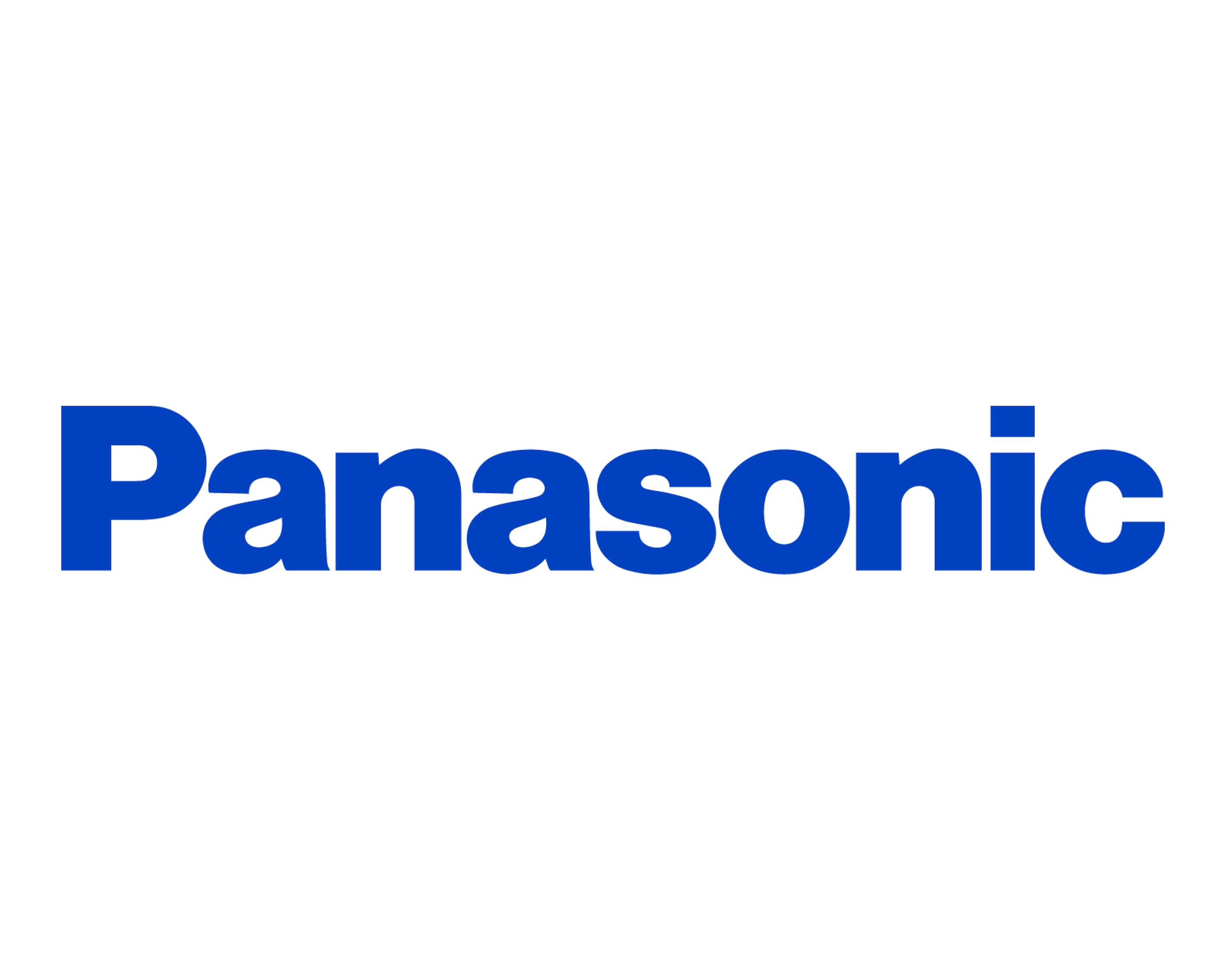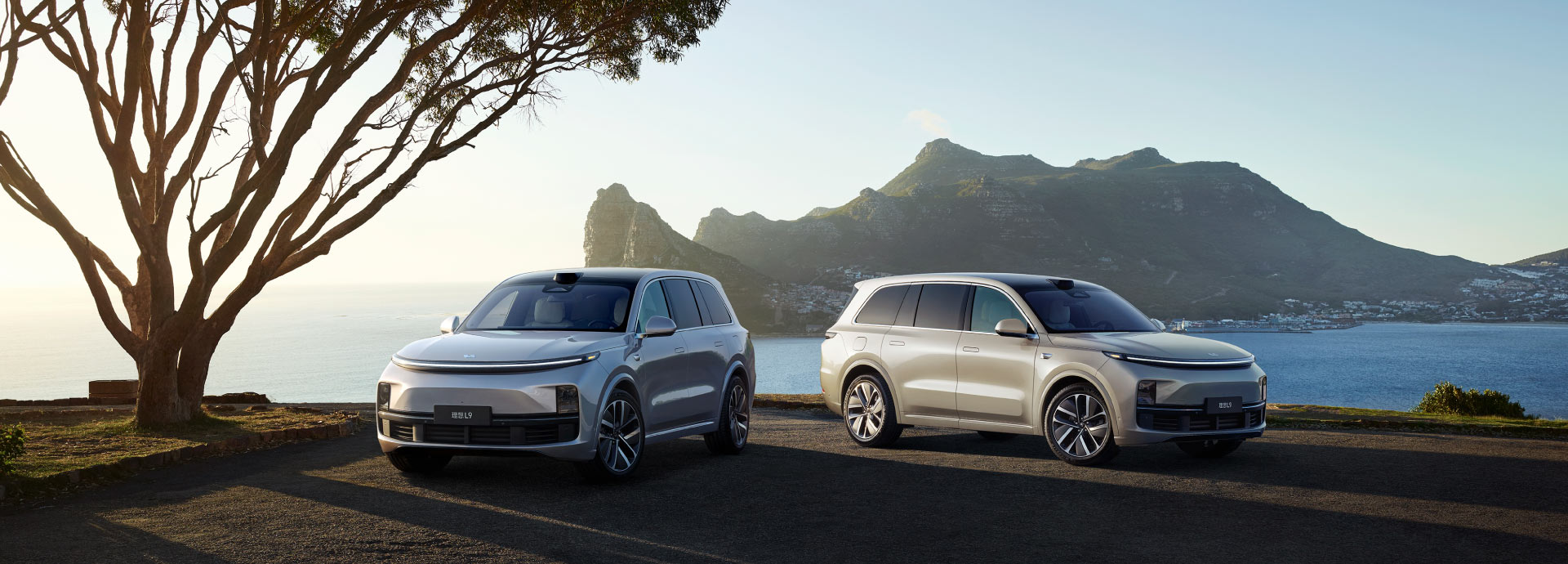Electrification
How Panasonic empowers e-bike riders
In the realm of urban mobility, e-assisted bikes have emerged as a beacon of sustainability and convenience. However, to fully enjoy the experience of riding e-bikes, a battery alone is insufficient. Riders seek enhanced control and empowerment. With this in mind, Panasonic introduced an additional 'control' feature, including a smart pressure system. Despite its prevalence, pressure self-assessment often eludes the daily checklist of many riders.
Challenge
- Be the first to offer a tire pressure warning system on e-bikes
- Ensure minimum impact on pricing
Solution
- Implement an AI function without the need to change hardware
- Leverage the STM32F3 MCU and ST’s edge AI solution to conduct real-time estimations
Impact
- Comfort and safety for all riders
- Enhanced control and empowerment

“
Panasonic has been the first to offer a tire pressure warning system on
e-bikes without the hefty price tag, all thanks to ST’s edge AI ecosystem.”
Hiroyuki Kamo, Manager, Software Development Section,
Development Department of Panasonic Cycle Technology
Why offering predictive maintenance features matters
In October 2023, Panasonic launched the TiMO A, the first e-assisted bikes equipped with a smart tire pressure warning system. This model was tailored specifically for students who may not prioritize tire upkeep yet are more susceptible to puncture.
Until now, the key parameters in this market have been weight, ease of use, and battery capacity. The tire pressure warning system offered a new value proposition.
How edge AI enables budget-smart features
Because traditional methods like pressure gauges have proven expensive, Panasonic tapped into edge AI to build a monitoring system that harnesses the power of speed data for real-time tire pressure monitoring.
“
Edge AI has empowered us to introduce new safety and comfort features while maintaining an affordable price point for our customers.
”
Hiroyuki Kamo, Manager, Software Development Section,
Development Department of Panasonic Cycle Technology
Machine learning models on any MCU made easy
Panasonic’s engineers developed a machine learning (ML) model through supervised learning for various real-life scenarios, using labeled datasets for the back-wheel speed as indicated by the motor and the front-wheel speed sensor. A discrepancy between the two-wheel speeds indicates a loss of tire pressure.
The best part? This complex model operates on a simple STM32F3 microcontroller (MCU), seamlessly integrated within the motor controller to conduct real-time estimations. The STM32F3 is primarily tasked with two functions: modulating motor assistance and executing vector control. Because these operations consume up to 70% of the MCU's operating time, there weren't enough resources left to juggle additional responsibilities such as tire pressure monitoring. But the STM32Cube.AI, a free software suite provided by ST, proved to be an easy and quick solution.
“
The STM32F3 MCU offers cost competitiveness and optimal performance for e-bikes.
By combining it with STM32Cube.AI, we were able to implement an AI function without the need to change hardware.”
Hiroyuki Kamo, Manager, Software Development Section,
Development Department of Panasonic Cycle Technology
What ST Edge AI solutions did for Panasonic
The STM32Cube.AI optimized the neural network model developed by Panasonic for the STM32F3 MCU and implemented it in the flash memory, which has limited capacity. The STM32Cube.AI helped reduce the size of the neural network model and optimize memory allocation throughout the development of this AI function.
Utilizing STM32Cube.AI proved to be remarkably intuitive, despite the difficulties in data cleansing and mitigating noise from environmental factors such as road vibration and wind.
A commercial success
Introducing the ST-enabled, AI-powered smart pressure system to Panasonic’s e-bikes has proven to be both a wise and successful strategy, aligning with their commitment to enhancing comfort and safety for all riders. Confident that ST’s edge AI technology will contribute to further success, Panasonic Cycle Technology is gearing up to expand this feature to a broader range of e-bike models.





